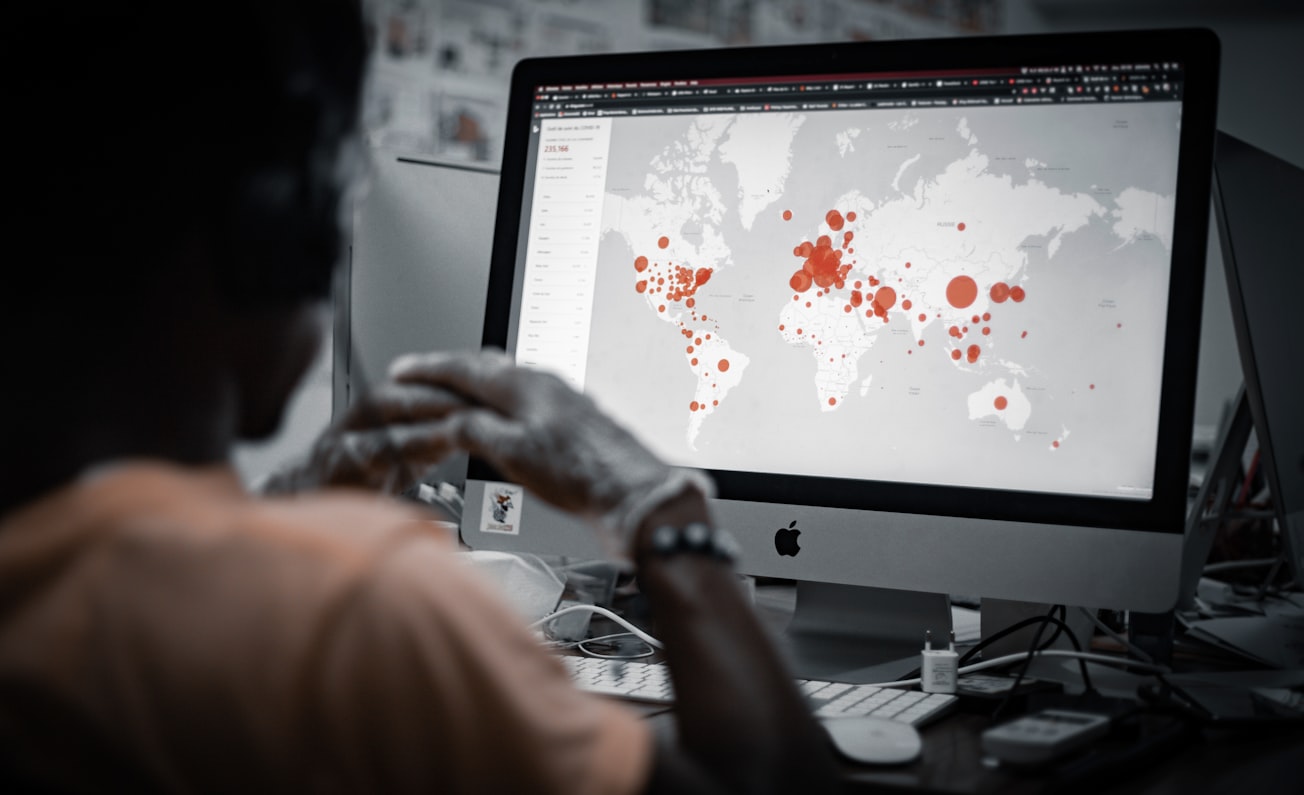What is it about?
Anticipating the re-emergence ("second waves") of infectious diseases is crucial to prevent them. Several early warning signals have been proposed, to help identifying potential risks. However, it is not entirelly clear how performing they are: do they provide precise alerts, or may return spurious signals? This study bridges this gap studying worldwide second waves of COVID-19, to enhance the practical use of statistics for pandemic monitoring and prevention.
Featured Image

Photo by Patrick Assalé on Unsplash
Why is it important?
Alerting for subsequent waves of infection diseases is essential to develop prompt interventions to keep the casualties number at minimum and reduce the social burder. On the other hand, false alarms can be costly both economicaly and psychologically. Having a precise alerting system, with good warning performance, is thus essential. In our work, we discuss the perfformance of several statistical indicators that can provide signals against impending second waves, finding out how to interpret them properly and how to maximise their effectiveness for decision making.
Perspectives
Alerting for impending changes in epidemic spreading is complex, but can have terrific impact for healthcare management. After several studies proposing methods to this end, this article evaluates their ideal performance, thus paving the way towards practical application in monitoring routines.
Daniele Proverbio
Luxembourg Centre for Systems Biomedicine
Read the Original
This page is a summary of: Performance of early warning signals for disease re-emergence: A case study on COVID-19 data, PLoS Computational Biology, March 2022, PLOS,
DOI: 10.1371/journal.pcbi.1009958.
You can read the full text:
Contributors
The following have contributed to this page










